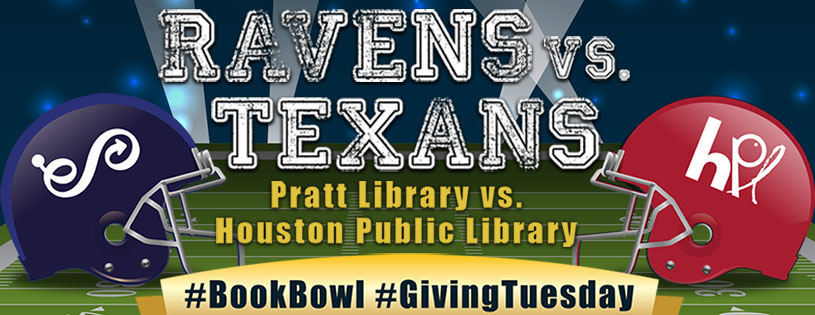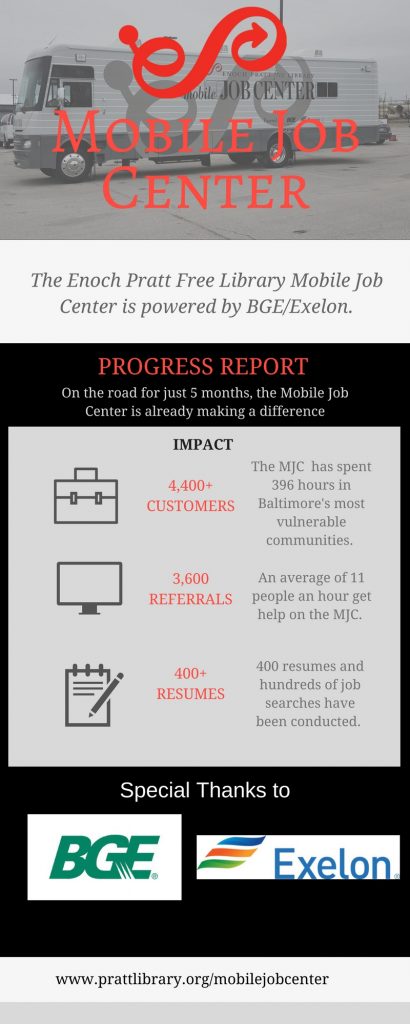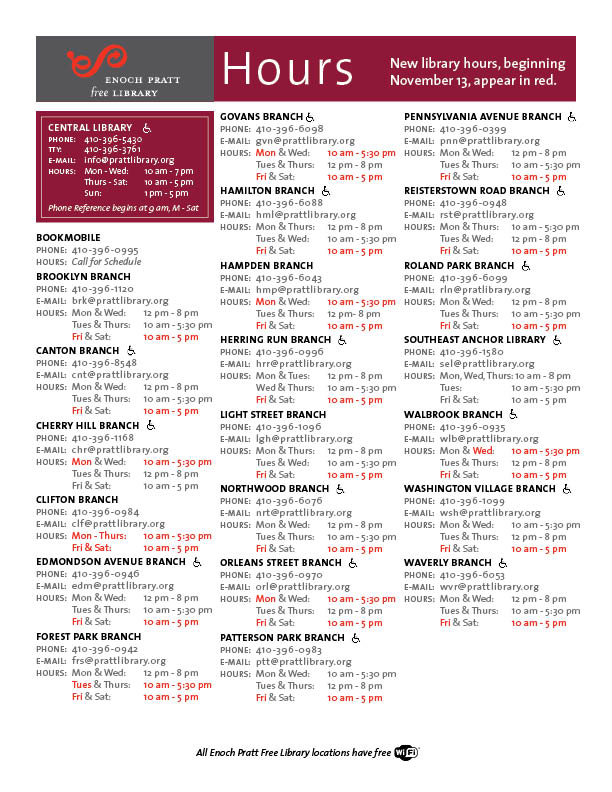Help Baltimore Library take on Houston Library in the 2017 Book Bowl
It’s a battle over books… a rumble in the reading room… a smack down in the stacks. Okay, maybe it’s not that serious.
But 2017 Book Bowl is here!

As the Baltimore Ravens take on the Houston Texans tonight, the Pratt Library will be taking on the Houston Public Library in a fundraising fight. The library that gets the most online donations between kickoff of Monday Night Football and midnight on Giving Tuesday wins.
So help Baltimore top Houston… and we can all do a little touchdown dance!




